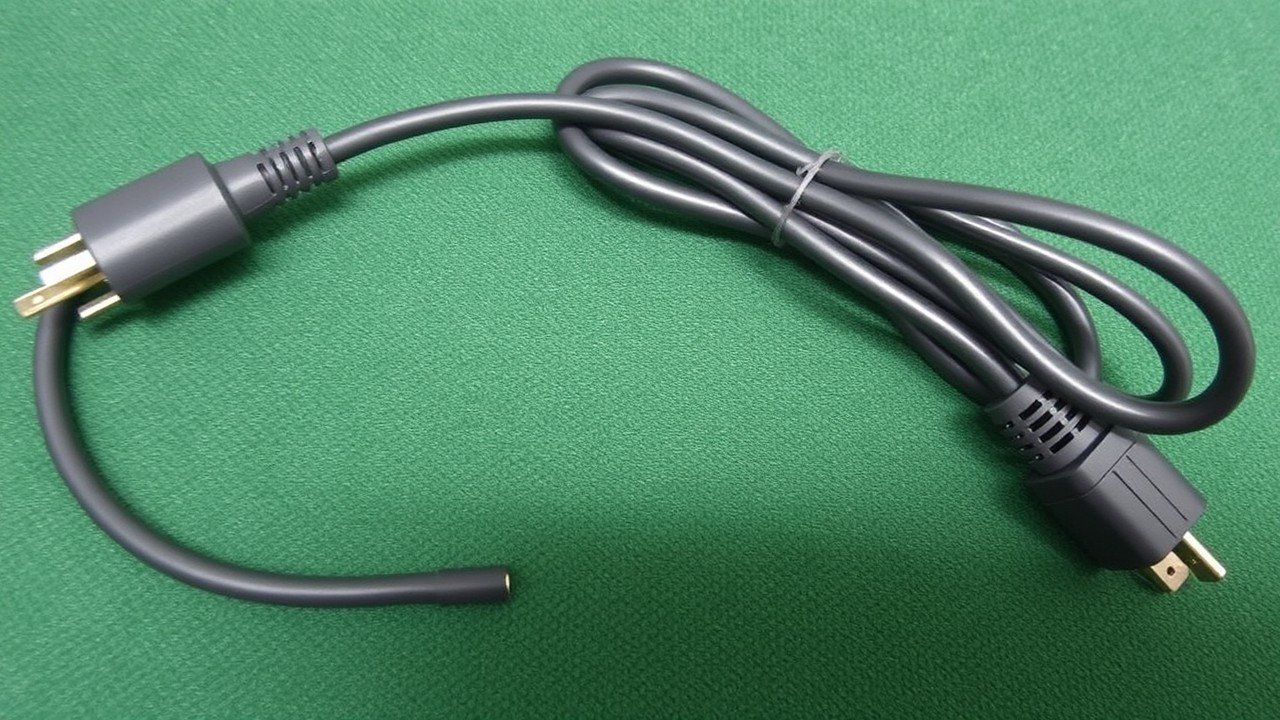Introduction: What is DeviceURL for VEX Brain Node.js
Precision and connectivity are crucial in the world of robotics, and platforms like VEX Robotics have made significant strides in simplifying the development of complex robotic systems. VEX Brain is one of the most advanced systems used to control robots, and integrating it with modern programming languages like Node.js opens up even more possibilities. One essential aspect of this integration is understanding what is DeviceURL for VEX Brain Node.js and how it impacts the overall connectivity and control of robotic systems.
The DeviceURL for VEX Brain Node.js refers to the unique identifier that establishes communication between the VEX Brain and a Node.js application. It is a combination of the VEX Brain’s IP address and port number, which allows the application to send and receive data from the robot. This connection is vital for developers who are building custom applications to control VEX robots remotely or in real-time. Node.js, a popular JavaScript runtime environment, facilitates fast and scalable development, making the robotics experience more dynamic and flexible.
Critical Components of DeviceURL for VEX Brain Node.js:
When considering what is DeviceURL for VEX Brain Node.js, it’s essential to understand the components that form this URL. A typical DeviceURL will consist of the following parts:
IP Address: This is the unique network address assigned to the VEX Brain. It enables the Node.js application to locate the VEX Brain on a network.
Port Number: This is a specific number assigned to the VEX Brain’s service or application running on the device, ensuring that the correct data is transmitted.
By combining the IP address and port number, the DeviceURL for VEX Brain Node.js becomes the gateway for communication between the robot and the application.
For example, a DeviceURL for VEX Brain Node.js might look like this: 192.168.1.100:8080, where 192.168.1.100 is the IP address of the VEX Brain, and 8080 is the port number used for communication. Understanding this basic structure of the DeviceURL is essential for troubleshooting connection issues and ensuring that the Node.js application is correctly interfaced with the robot.
Why Use Node.js for VEX Brain?
Before diving deeper into what is DeviceURL for VEX Brain Node.js, it’s essential to explore why developers prefer using Node.js in their robotic projects. Node.js is a JavaScript runtime that allows for event-driven, non-blocking I/O, making it an excellent choice for applications that require real-time data handling and fast responses.
The DeviceURL for VEX Brain Node.js enables seamless integration with Node.js applications, giving developers the flexibility to create and manage complex robotic tasks efficiently. With Node.js, developers can send commands to the VEX Brain, retrieve sensor data, and control the robot’s movements, all through a network connection made possible by the DeviceURL for VEX Brain Node.js.
Setting Up the DeviceURL for VEX Brain Node.js:
To establish a connection between your Node.js application and the VEX Brain, it’s critical to correctly configure the DeviceURL for VEX Brain Node.js. Here’s a step-by-step guide to setting up the DeviceURL:
Identify the IP Address of the VEX Brain: The IP address can be found in the network settings of the VEX Brain. This is a crucial element of the DeviceURL for VEX Brain Node.js.
Assign a Port Number: By default, most systems will have a predefined port for communication. However, developers can choose a different port if needed. The correct port number must be added to the DeviceURL.
Construct the DeviceURL: Combine the IP address and port number in the format IP: Port to create the full DeviceURL for VEX Brain Node.js.
Test the Connection: Using your Node.js application, input the DeviceURL to test the connection. If everything is set up correctly, the application should establish a successful connection with the VEX Brain, and you’ll be able to control the robot via the Node.js interface.
Benefits of Using DeviceURL for VEX Brain Node.js:
There are several advantages to using the DeviceURL for VEX Brain Node.js in your robotics projects:
Remote Control: With the DeviceURL for VEX Brain Node.js, you can control your robot from anywhere on the network. This is especially useful for educational environments where students might want to collaborate on a robotics project remotely.
Real-time Data Handling: The combination of Node.js’s event-driven architecture and the connectivity provided by the DeviceURL for VEX Brain Node.js allows for real-time data retrieval and processing.
Scalability: Node.js is highly scalable, and when integrated with VEX Brain via the DeviceURL for VEX Brain Node.js, it can handle multiple robots or multiple tasks simultaneously without bottlenecks.
Troubleshooting DeviceURL for VEX Brain Node.js:
While setting up the DeviceURL for VEX Brain Node.js is relatively straightforward, there are common issues that users might encounter. Here are some troubleshooting tips:
Incorrect IP Address or Port Number: The connection will fail if the IP address or port number is wrong. Double-check the VEX Brain’s network settings to ensure the IP address and port number are accurate.
Network Issues: If you’re on an extensive network or have firewalls in place, they may block communication between your Node.js application and the VEX Brain. Ensure that the network allows for the necessary traffic on the port used in the DeviceURL for VEX Brain Node.js.
Outdated Node.js Libraries: If your Node.js libraries are obsolete, the connection may not work as expected. Keep your libraries updated to ensure compatibility with the DeviceURL for VEX Brain Node.js.
Practical Applications of DeviceURL for VEX Brain Node.js:
Understanding what is DeviceURL for VEX Brain Node.jshttps://myquora.com/ is only part of the equation. To fully grasp its importance, let’s look at some practical applications:
Classroom Learning: Educators can use the DeviceURL for VEX Brain Node.js to develop interactive learning environments where students control robots using custom Node.js applications. This fosters a deeper understanding of both programming and robotics.
Research Projects: In university research settings, the DeviceURL for VEX Brain Node.js allows researchers to collect real-time data from robots and analyze it on the fly. This data-driven approach can lead to more significant discoveries in AI and autonomous systems.
Competitive Robotics: Understanding DeviceURL for VEX Brain Node.js is vital for teams competing in robotic competitions. It gives them the edge in creating fast, reliable connections between their robots and control systems.
Advanced Uses of DeviceURL for VEX Brain Node.js:
For more advanced users, the DeviceURL for VEX Brain Node.js can be integrated into complex systems requiring multiple communication layers. For instance, users can set up a multi-robot system where each robot has its own DeviceURL for VEX Brain Node.js. This allows a central Node.js server to manage and coordinate multiple robots simultaneously.
Another advanced use is integrating the DeviceURL for VEX Brain Node.js into cloud-based systems. Connecting your Node.js application to cloud services allows you to create a system where robots are controlled via the internet, making global collaborations possible.
Conclusion:
In conclusion, understanding what is DeviceURL for VEX Brain Node.js is crucial for anyone looking to integrate VEX Brain with a Node.js application. It is the foundation for connecting your robot to the network, allowing for seamless communication and control. With the DeviceURL, developers can unlock the full potential of VEX Brain, leveraging the power of Node.js to create scalable, real-time, and highly interactive robotic systems.
By following the steps outlined above, you can easily set up and configure the DeviceURL for VEX Brain Node.js, troubleshoot common issues, and explore advanced uses in various practical and competitive environments. Whether working on a classroom project, conducting research, or participating in a robotics competition, mastering the DeviceURL for VEX Brain Node.js will open new doors in robotics innovation and connectivity.



